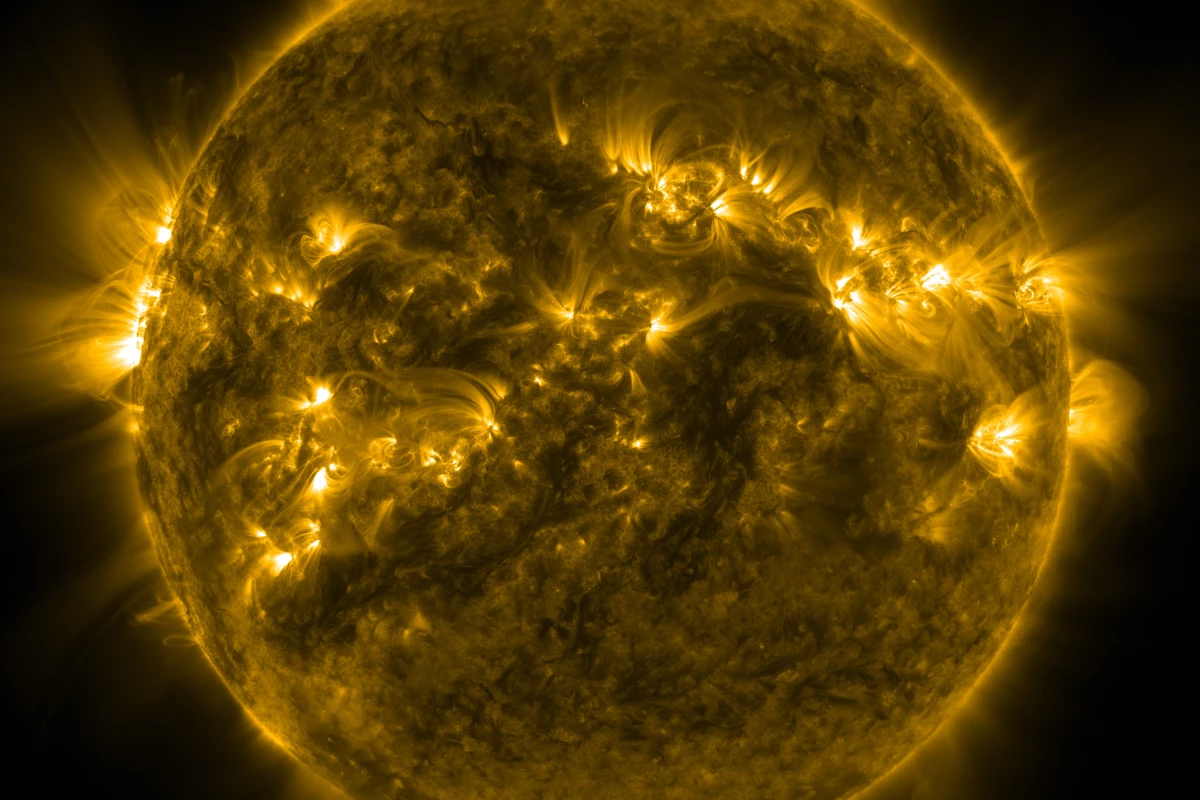NASA has released a time-lapse video of our Sun that condenses 10 full years of solar observations into a gorgeous 61 minute movie. The shots were taken by the agency’s Solar Dynamics Observatory, which as of June has been keeping a near uninterrupted vigil over our parent star for a decade from its perch high in geosynchronous Earth orbit.
The Solar Dynamics Observatory (SDO) was launched back in February 2010 with a mission to reveal the workings of our enigmatic star, and shed light on how space weather could influence and disrupt life on Earth. To this end it was equipped with three cutting edge scientific instruments capable of probing a range of processes occurring in and around the Sun, including keeping track of its magnetic field and the nature of the stellar wind that streams throughout our solar system.
Over the course of 10 years the hardy probe has taken an image of our star on average once every 0.75 seconds, amassing an impressive 425 million images of the Sun, and transmitting 20 million gigabytes of data back to Earth.
The new video was put together using images of our star captured in the extreme ultraviolet wavelength of 17.1 nanometers. This frequency of light showcases activity occurring in the Sun’s super hot atmosphere, which is called the corona. One image from each hour of SDO observations was used to compile the marathon 61-minute video.
Of course, the SDO couldn’t fix its gaze on the Sun 100 percent of the time. Occasional frames where the Sun disappears entirely or appears off center represent periods during which the probe was forced to take a quick break from stargazing in order to re calibrate its delicate instruments. There are also frames in the video that showcase rare instances during which planets pass between the observatory and its fiery quarry.
In the first half of the movie, the Sun’s corona is visibly bristling with activity. However, as the video rolls on, our star begins to quieten and become ever more placid. This is all part of our star’s natural 11-year solar cycle, during which it experiences a peak of activity called the solar maximum, and a lull – the solar minimum.
You can watch the captivating stellar time lapse in the video below.
Source: NASA




